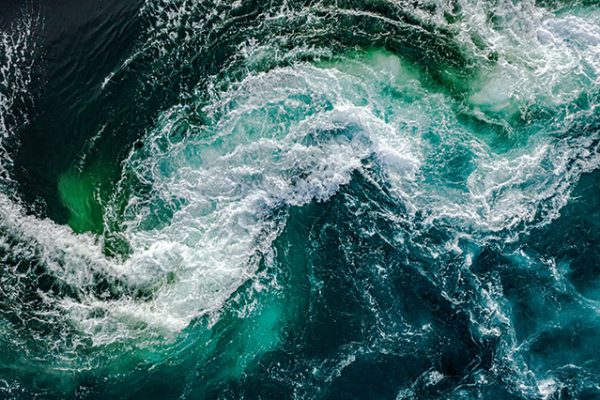Scientists at Princeton University warn that climate change increases the likelihood that successive hurricanes will occur more frequently.
They believe they could occur every two or three years as the world warms. Compound hurricanes are very dangerous and have a stronger impact than individual hurricanes.
Previously, it was unusual for two hurricanes to hit the same place within weeks of each other. In the United States, this phenomenon occurred in 2021, when Hurricane Ida hit Louisiana with winds of 150 mph; 15 days later, Hurricane Nicholas approached, although with less intensity.
Ning Lin, a risk engineer and climate scientist, indicates the following: “we identified a trend. They are happening more frequently now than before.”
Reasons for the increase in back-to-back storms
According to scientists, the increase in the recurrence of the phenomena is not due to alterations in the course of the storms. This is due to climate change, which makes them wetter and stronger, supported by rising sea levels.
In the past, the increased frequency of sequential storms was due to a minimization of conventional air pollution rather than human-induced climate change.
For example, when Europe and the United States halved the amount of particulate matter in the air, 33% more storms occurred. This happened in the 1990s. However, the increase in the future will be due to greenhouse gases.
Actions to be taken
Rain and sequential hurricanes pose a danger. Therefore, it is necessary to improve resilience strategies; improve coastal infrastructure to cope with extreme rainfall, prolonged tides, and flooding.
Scientists recommend being prepared. In the past, this type of event happened once in decades. Now, however, they will happen every two or three years.
If you would like to learn more about environmental issues, the Universidad Internacional Iberoamericana (International Iberoamerican University) (UNIB) offers the Master’s Degree in Climate Change

